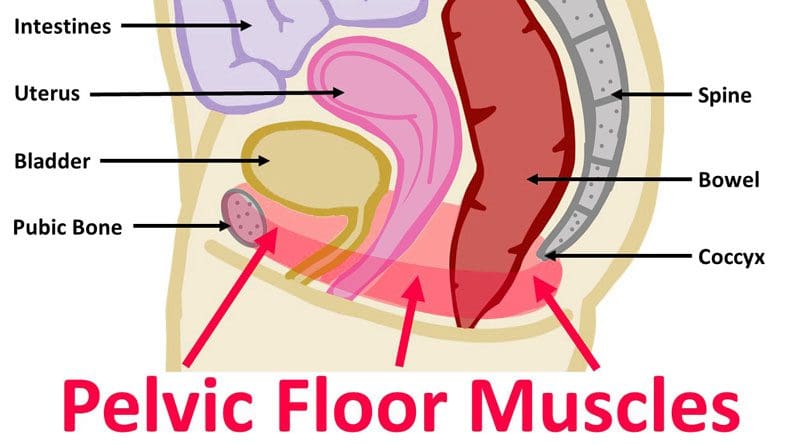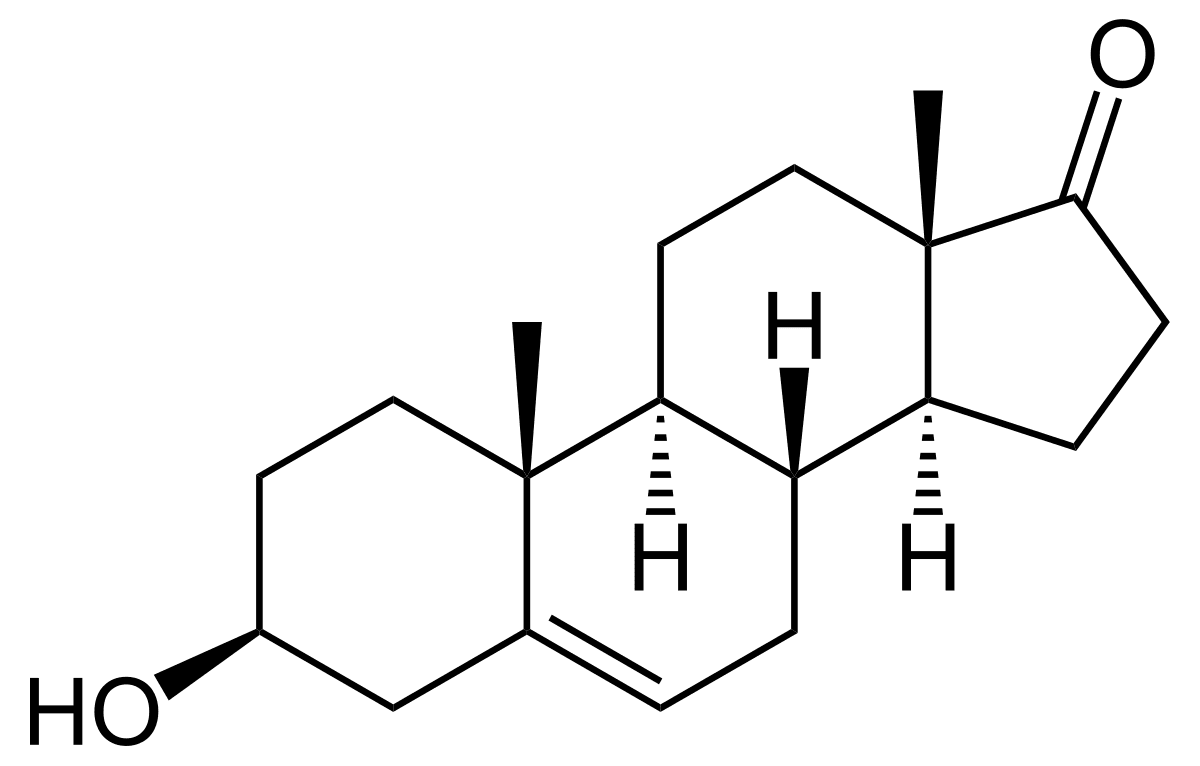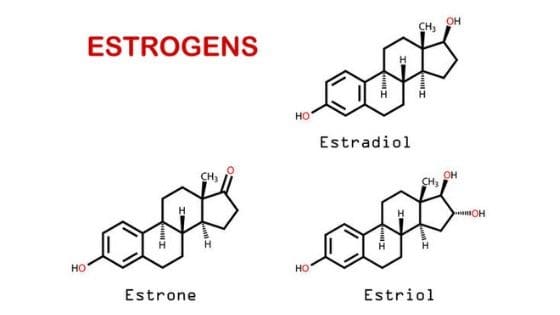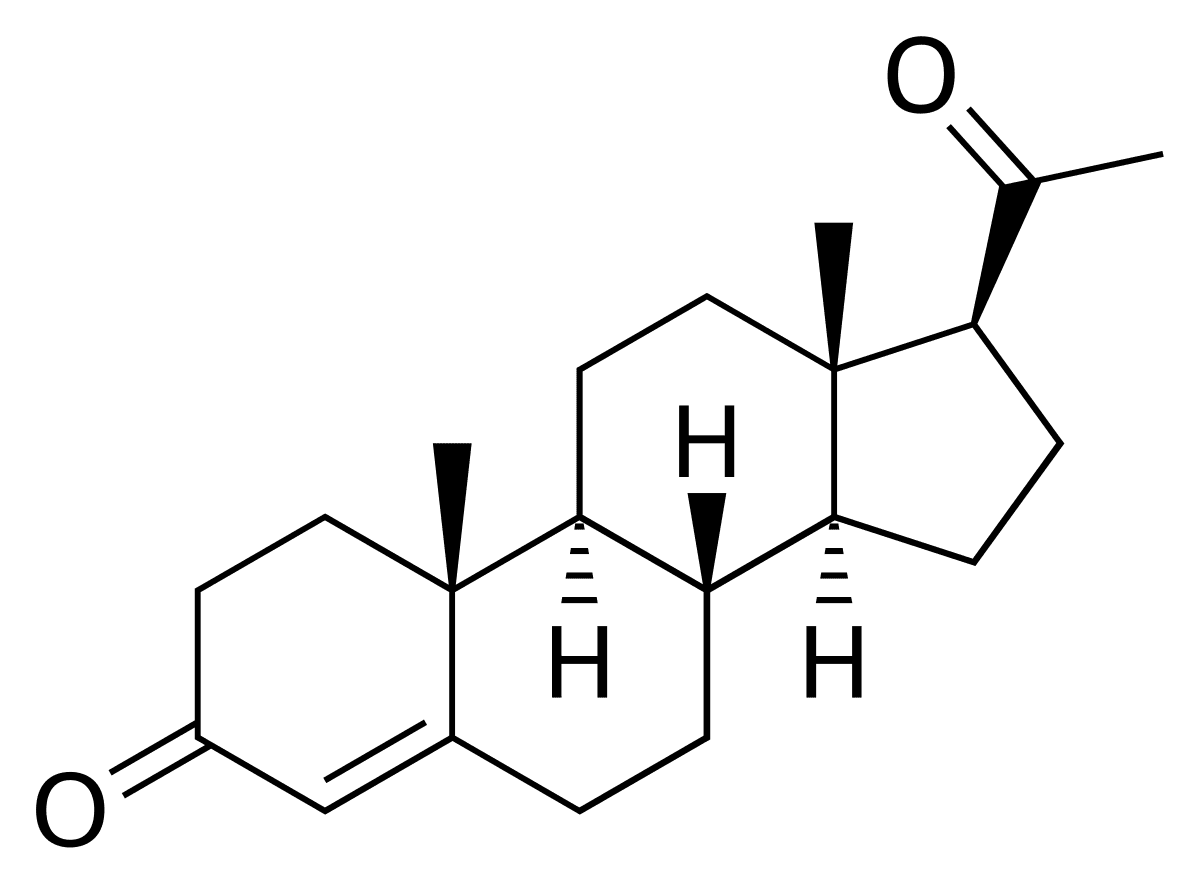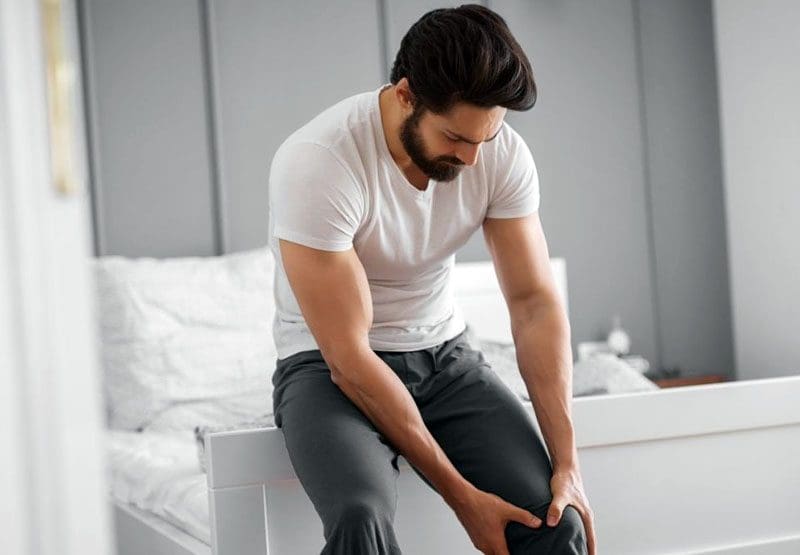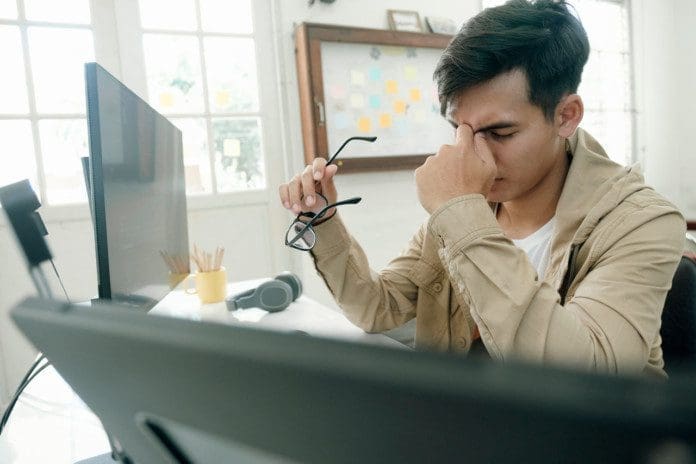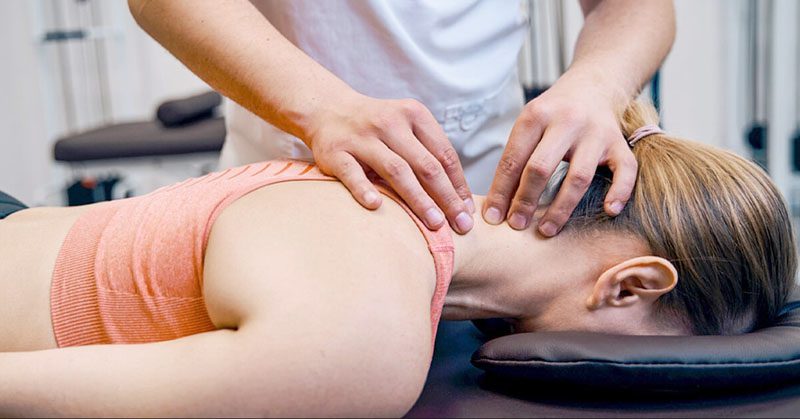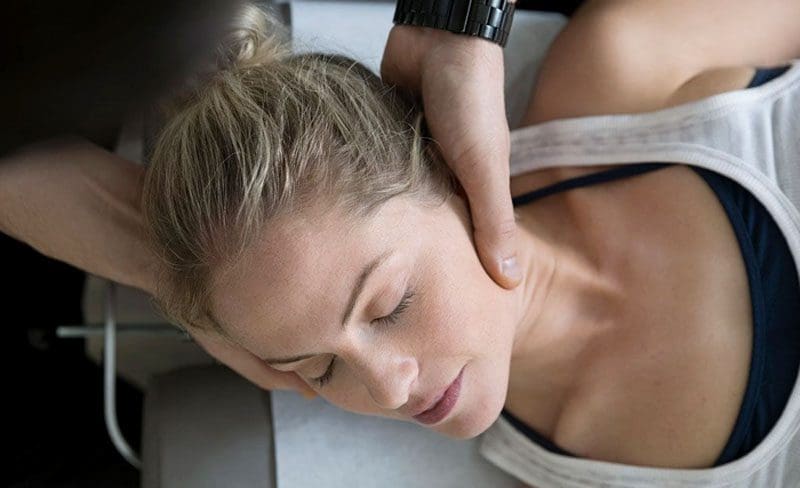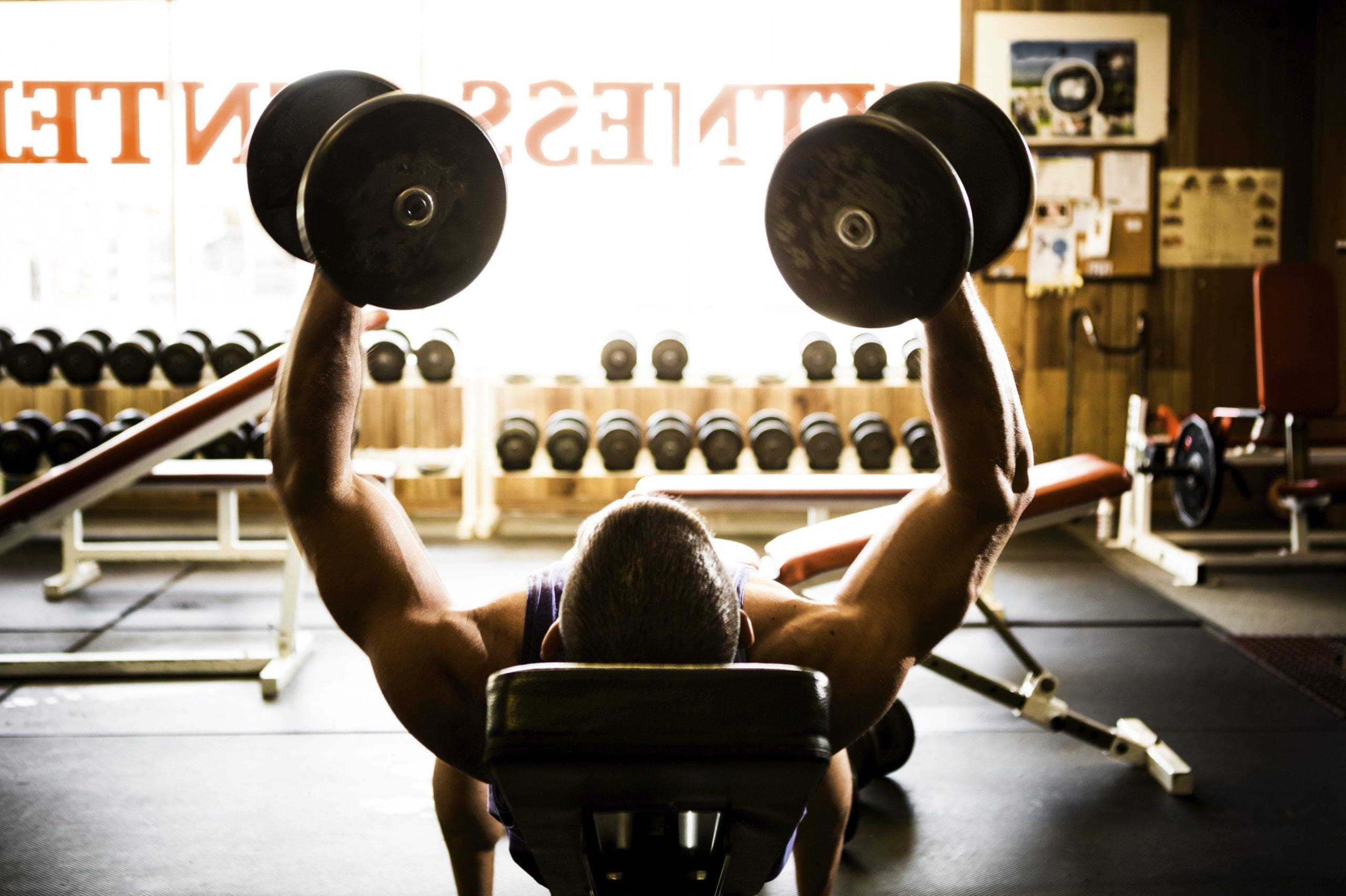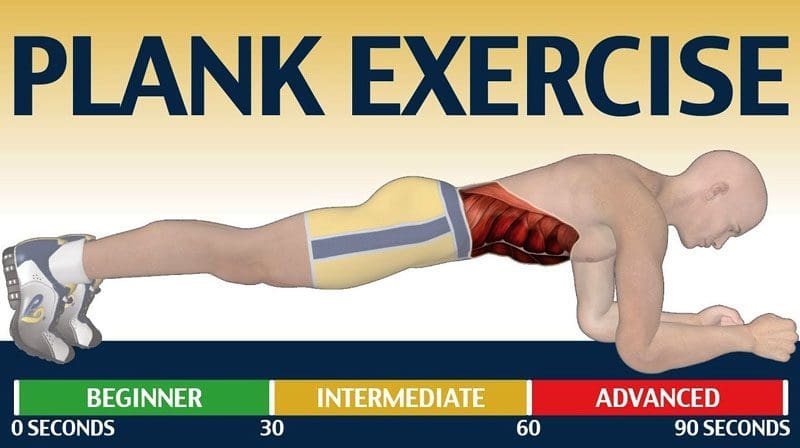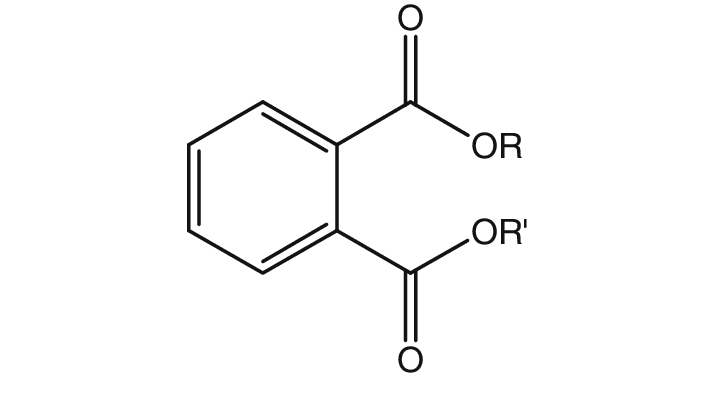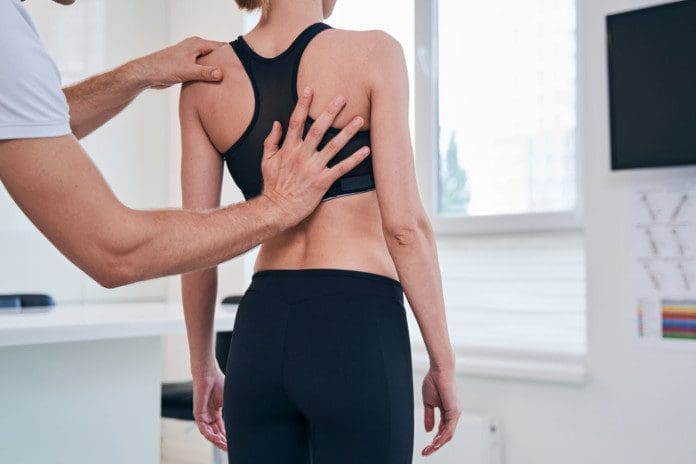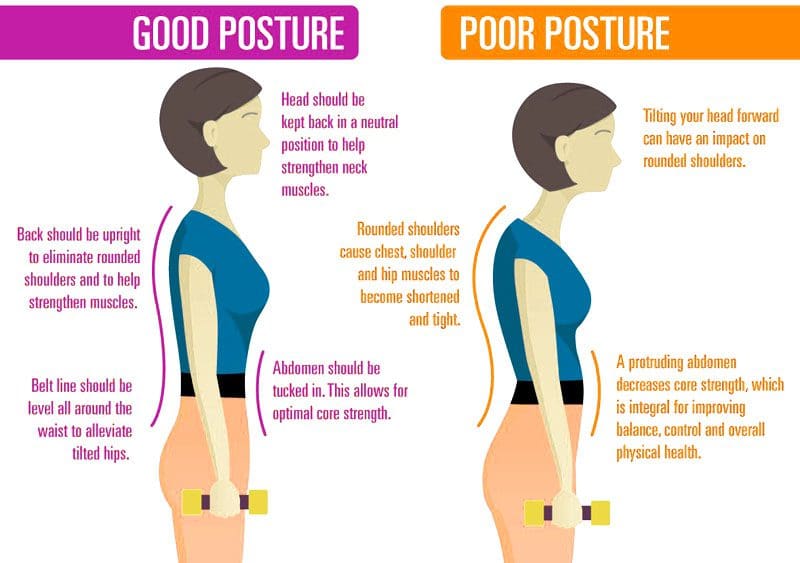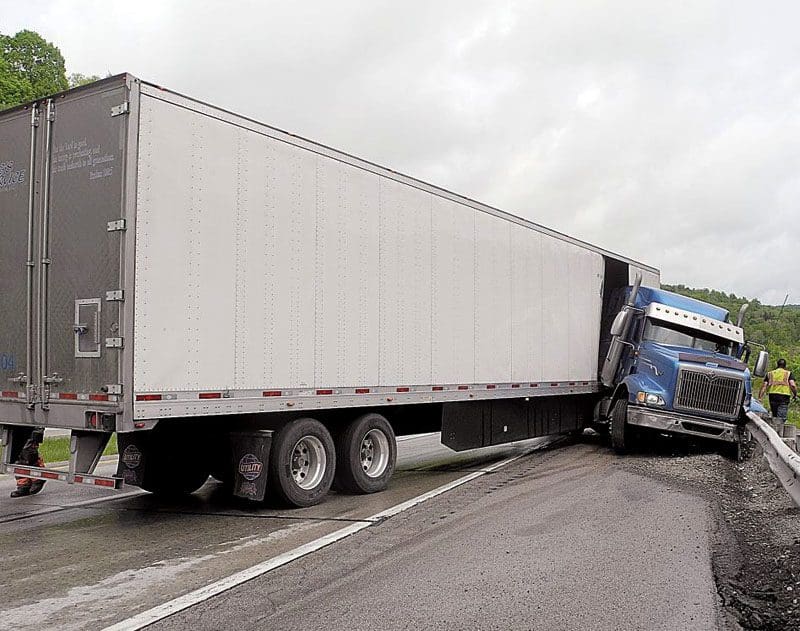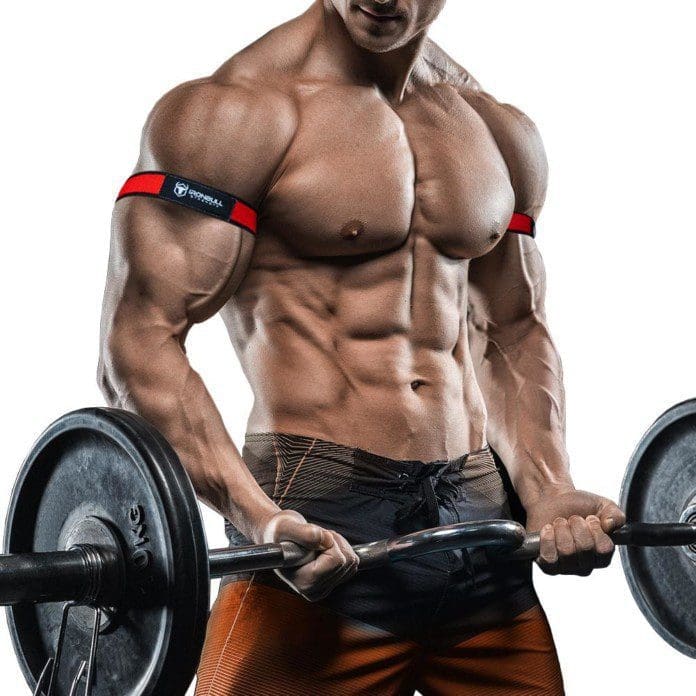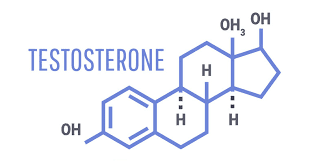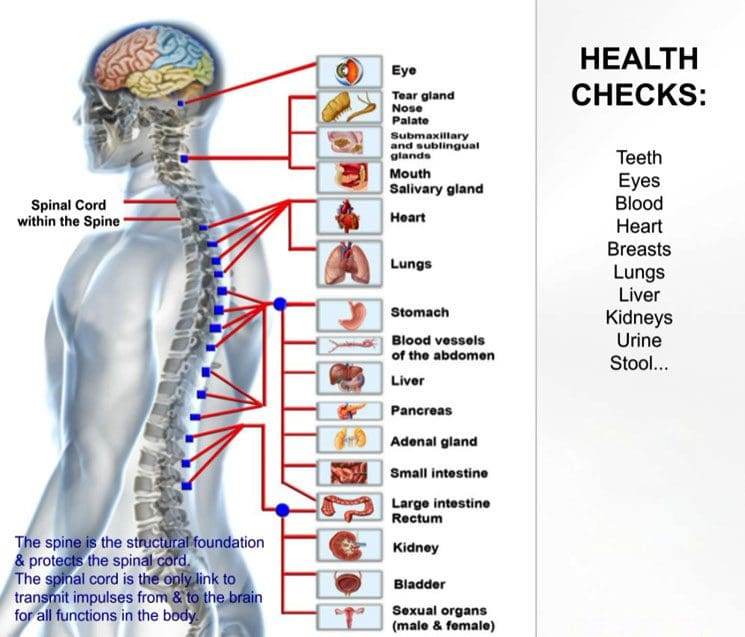Introduction
As we know, hormones in the body can help individuals function throughout the day. Since they are secreted in the endocrine system and for females the hormones are secreted through the ovaries and the adrenal glands. The two main hormones that the female body produces are estrogen and progesterone. In part 1, we discuss what happens when the female body when it goes through menopause and how estrogen and progesterone are utilized in the body, and what function do they provide to the female body. In this 3 part series, we will be discussing what DHEA is and what are the symptoms of DHEA dysfunction in the female body, as well as, the relationship between insulin in part 2. Part 3 will be discussing about the methods of hormone testing and the difference between natural and synthetic hormone replacement. Over the last decade, many of our patients have asked complex and insightful questions about hormone replacement therapies. By referring patients to qualified and skilled providers who specialized in hormone wellness services and we advise our patients to appropriately refer to our associated medical providers based on their examination. We find that education is the key when asking valuable questions to our providers. Dr. Jimenez DC provides this information as an educational service only. Disclaimer
Is Hormone Replacement Therapy Right For Me?
Since hormones naturally declined due to age, it can drastically alter the body to function properly. For females, they go through menopause and their hormones can go haywire causing the body to have unwanted pathogens and an excessive amount of hormones that the body does not need. So with hormone replacement therapy or HRT, it can help replenish the lost hormonal levels in the body and provide beneficial results, such as regulating and repairing hormonal growth in the female body.
Can my insurance cover it? Yes, here is the link to the list of all the insurance providers we cover in case you are uncertain.
What Is DHEA?

DHEA or Dehydroepiandrosterone is a hormone made by the adrenal glands in the body and a small amount of DHEA is also made in the brain and skin. DHEA can also make estrogen and testosterone in
both women and men. And since hormones can naturally decline due to age, DHEA production declines with age starting in the late twenties and when a person is at the age of 70 the body may only make ¼ of the amount of DHEA it made earlier when the individual is younger. Not only that but, DHEA levels may also change when a person has stress at any age and that can be dangerous if it is prolonged chronic stress.
DHEA in conjunction with other hormones and transmitters can significantly affect some aspects of human mood and has also been shown to modify some features of human emotions and behavior. It has been reported that its administration can increase the feelings of well-being and is useful in ameliorating atypical depressive disorders. Not only that but DHEA has neuroprotective and anti-glucocorticoid activity and CANmodifies immune reactions. It may also have a role in degenerative brain diseases.
The Many Function That DHEA Provides
Since DHEA is a hormone that is produced by the adrenal glands, studies have shown that DHEA receptors have been found in the brain. DHEA has also been shown to be a protective anabolic hormone that has a very important role in the body. Its primary role is to maintain and restore the human organism as well as provide antioxidant activity and help in neuronal preservation in the brain. Some of the functions that DHEA has provided include:
- Decreases cholesterol
- Decreases formation of fatty deposits
- Increases brain function
- Prevents blood clots
- Increases lean body mass
- Supports the immune system
- Helps the body repair itself and maintain tissues
- Lowers triglyceride
In the elderly, DHEA exerts an immunomodulatory action by increasing the number of monocytes, T cells expressing T-cell receptor gamma/delta (TCRγδ), and natural killer (NK) cells. DHEA can also improve the physical and psychological well-being of a person, muscle strength and bone density, and
reduces body fat and age-related skin atrophy by stimulating procollagen/sebum production. Not only that but when there is adrenal insufficiency, DHEA restores the DHEA/DHEAS and androstenedione levels by reducing total cholesterol, improving well-being, sexual satisfaction, and insulin
sensitivity, and preventing loss of bone mineral density. In an unblinded study, DHEA can induce remission in the majority of patients with inflammatory bowel disease.
Symptoms of DHEA Dysfunction
When the body produces too many hormones it is due to having an excessive amount of DHEA. When that happens it is known as DHEA dysfunction and it can cause unwanted problems in the body. Some of the symptoms can include:
- Fatigue
- Anger
- Depression
- Deepening of voice
- Insomnia
- Mood changes
- Weight gain
- Facial hair
- Acne
- Sugar cravings
- Restless sleep
- Irritability
However, another thing that can happen to DHEA is that it can be extremely low due to the adrenal gland not producing enough hormones to the body causing chronic pain and causing the body to not function properly.
Can Stress Affect Hormones?

Stress or cortisol is produced by the adrenal glands and is the only hormone in the body that can increase with age. When a person is stressed out, the cortisol levels can increase and if it is not taken care of it can lead to chronic illnesses. However, the body needs cortisol because of its anti-inflammatory properties and helps balance out the blood sugar in the body. Some of the benefits of stress can include:
- Influences testosterone/estrogen ratio
- Influences DHEA/insulin ratio
- Affects pituitary/thyroid/adrenal system
- Participates with aldosterone in sodium reabsorption
What Can Elevate Cortisol?
There are many factors that can elevate cortisol to dangerous levels in the body. There are two types of cortisol: acute cortisol and chronic cortisol. Acute cortisol is short-termed where a person can be worried about getting interviewed for their dream job or studying for a test at school. Chronic cortisol is long-termed where the symptoms can cause body harm whether it is chronic fatigue or even digestive problems. Some of the factors that can elevate cortisol levels in the body are:
What Can Lower Cortisol Levels In The Body?
Whenever a person is under constant stress, the body can release a short burst of cortisol in the bloodstream. However, if there has been prolonged exposure to stress that the body has to endure it can actually drain the adrenal glands and can cause a low cortisol state in the body and can cause adrenal fatigue. Other factors that can lower cortisol levels include:
Insulin & Sex Hormones

Insulin plays a huge role in the body since both hormones and insulin help regulate the body and provide the necessary roles for each of the systems. When there is an excess amount of insulin or low insulin levels in the body, it can actually cause prolonged effects to the body thus leading to chronic illnesses. Estrogen, progesterone, DHEA, and thyroid hormones are all important for the regulation of glucose in the body. However, estrogen can lower the blood sugar in a woman, while testosterone can decrease the blood glucose in a male. Surprisingly though, progesterone can raise the blood sugar in the body, and if not it can be balanced with estrogen.
The Many Functions Of Insulin In The Body
There are many functions that insulin can provide the body. Insulin can actually counteract the action of adrenaline and cortisol in the body as well as keep the blood glucose level from elevating causing insulin resistance or if a person is a diabetic, they can actually go into diabetic ketoacidosis. So it is always important that insulin levels in the body can’t be too high or too low. When the insulin levels are normal in the body though, they can help increase the development of muscle growth. Other functions can include:
- Plays a major role in the production of serotonin
- Helps the body repair
- Helps convert blood sugar into triglycerides
Conclusion
All in all, hormones play a huge role in the body, and when there is an excessive or decreased amount of hormones in the body it can actually cause the body to be dysfunctional. Not only that but hormones and insulin can help regulate the body by making sure that both of these enter the correct organ systems and provide the body to function properly. For women, making sure that their hormone and insulin levels are normal plays a huge part in their journey of overall health and wellness.
References
Campos, Marcelo. “Is Adrenal Fatigue ‘Real’?” Harvard Health, 29 Jan. 2020, https://www.health.harvard.edu/blog/is-adrenal-fatigue-real-2018022813344.
de Menezes, Karina Junqueira, et al. “Dehydroepiandrosterone, Its Sulfate and Cognitive Functions.” Clinical Practice and Epidemiology in Mental Health: CP & EMH, Bentham Open, 29 Apr. 2016, https://www.ncbi.nlm.nih.gov/pmc/articles/PMC4894834/.
Fulton, R L, and P Ridolpho. “Physiologic Effects of Acute Sodium Depletion.” Annals of Surgery, U.S. National Library of Medicine, Mar. 1971, https://www.ncbi.nlm.nih.gov/pmc/articles/PMC1397371/.
McDowell, Christopher, et al. “Inflammatory Bowel Disease.” StatPearls [Internet]., U.S. National Library of Medicine, 31 Aug. 2021, https://www.ncbi.nlm.nih.gov/books/NBK470312/.
Scientist, NIA. “What Is Menopause?” National Institute on Aging, U.S. Department of Health and Human Services, 30 Sept. 2021, https://www.nia.nih.gov/health/what-menopause.
Staff, Mayo Clinic. “DHEA.” Mayo Clinic, Mayo Foundation for Medical Education and Research, 12 Feb. 2021, https://www.mayoclinic.org/drugs-supplements-dhea/art-20364199.
Stárka, Luboslav, et al. “Dehydroepiandrosterone: A Neuroactive Steroid.” The Journal of Steroid Biochemistry and Molecular Biology, U.S. National Library of Medicine, 2 Apr. 2014, https://pubmed.ncbi.nlm.nih.gov/24704258/.
Disclaimer
